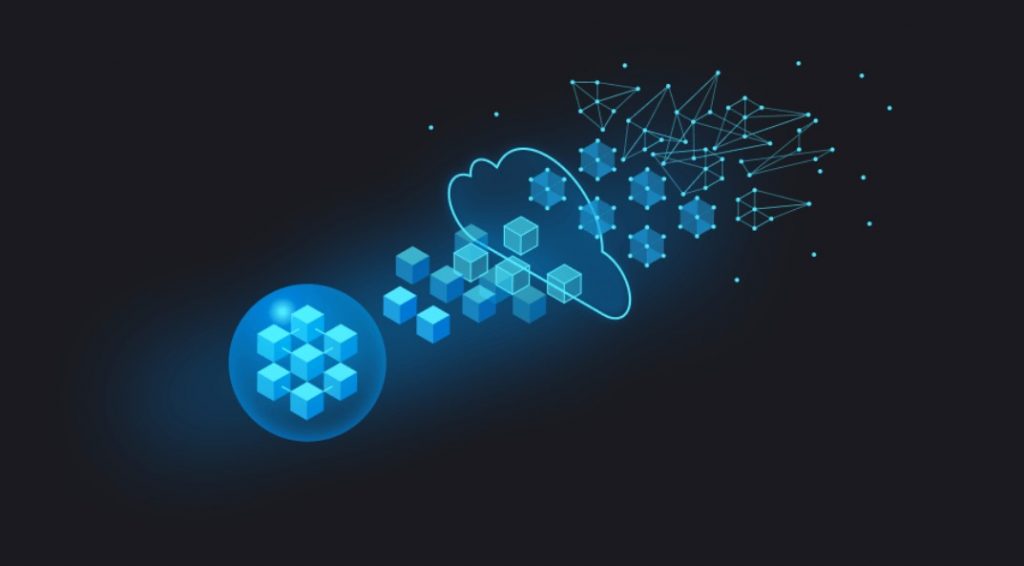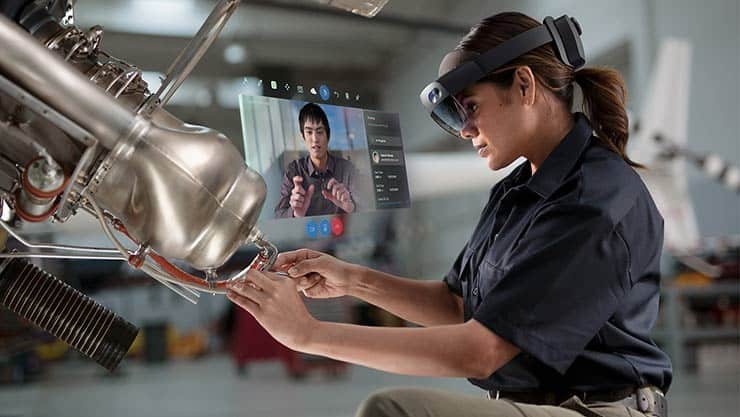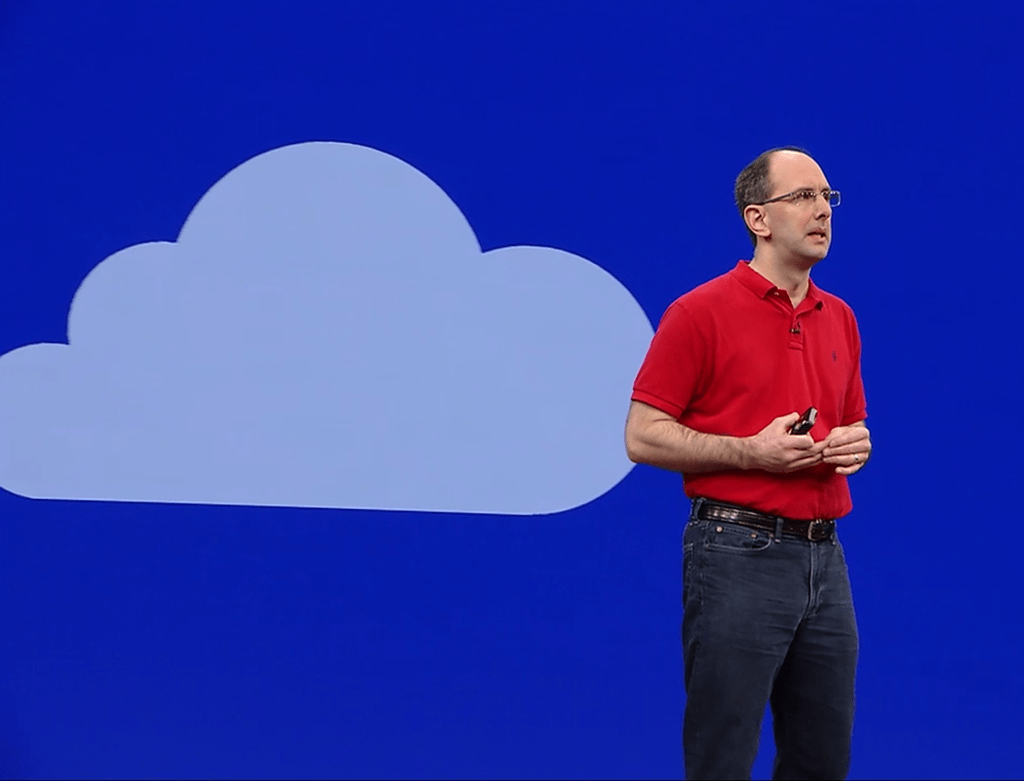Microsoft’s Build conference in recent times hasn’t just been about Windows and Microsoft 365. Microsoft’s cloud service, Azure, has also become a big part of Build, too, and it’s especially true this year.
On this front, there’s tons of news, ranging from Azure Hybrid and Azure Infrastructure, Data, A.I, Mixed Reality, IoT, and so much more. Here’ a big recap of all things Azure coming out of Build.
Azure Data
We’ll be starting first with Azure Data. On this front, news stories cover Azure Cosmos, Database, SQL Edge, Analytics, and Storage. We’ll start with the big story of the day, which relates to Azure Synapse Link.
According to Microsoft, with Azure Synapse Link, a new cloud-native implementation of HTAP will enable customers to gain immediate insights into their business without placing any burden on their operational systems. Microsoft says its Azure service is the first cloud service to deliver on the promises of HTAP without being implemented on-premises.
Some of the other stories coming out out of Build related to Azure Data can be seen below.
- To make building apps faster and more flexible, Microsoft is announcing offers and features for Azure Cosmos DB, its fast NoSQL database with open APIs for any scale
- Azure Cosmos DB can tap new capabilities like Access Version 4 of Azure Cosmos DB’s Java SDK
- Microsoft is announcing the forthcoming general availability of Azure Cosmos DB autoscale provisioned throughput
- Microsoft is announcing new product capabilities for Azure Database for PostgreSQL and Azure Database for MySQL
In addition to the above, Microsoft is also announcing that Azure SQL Edge is now available in public preview. Finally, Azure NetApp Files is achieving four 9s availability, meaning that it will meet requirements for most mission-critical applications, like SAP and e-commerce or line-of-business applications. We invite you to check out the Azure blog to learn more and learn about the other Azure Data stories of the day.
Azure AI
AI is the biggest part of Azure, and there’s no shortage of news here. There’s a lot of news, ranging from new Responsible Machine Learning innovations, improvements for Microsoft Bot Frameworks, Azure Cognitive Services, and more.
The big news in relation to Azure AI is the introduction of Responsible Machine Learning innovations. The new innovations help Microsoft’s customers understand, protect, and control their data and models. In addition, some updates for the Azure Bot Service will help make developers more productive. Have a look below for some other Azure AI news.
- Microsoft is announcing several new features and improvements across Azure Cognitive Services to enable developers to incorporate AI capabilities into their applications
- Azure Cognitive Search is getting updates to tap into the Azure Machine Learning model
- Azure Cognitive Search is getting a Custom Search Ranking in preview, to let customers who have built their own custom search ranking integrate into Cognitive Search to enable domain-specific search results
- Microsoft is announcing that some of the key optimization techniques built for training the Turing model, the largest model in the world, will be available as part of ONNX Runtime
The final big story of note is that Microsoft is announcing the public preview of Project Bonsai. This is Microsoft’s machine teaching service. The company also announced Project Moab, a new open-source balancing robot to help engineers and developers learn how to build real-world autonomous control systems with Project Bonsai.
Azure Mixed Reality
Now, for Azure Mixed Reality. On this front, there are just two big stories in relation to HoloLens 2 and Azure Spatial Anchors.
Microsoft has announced that HoloLens 2 will be shipping in fall 2020 in the Netherlands, Switzerland, Spain, Austria, Sweden, Finland, Norway, Denmark, Belgium, Portugal, Poland, Singapore, South Korea, Hong Kong, and Taiwan. Microsoft’s Azure Spatial Anchors, which powers Minecraft Earth, and enables cross-platform mixed-reality apps, will be hitting general availability.
Azure Developer Tools
If you’re an Azure Developer, there’s quite a bit of news for you, too. These will cover .Net, App Service, Azure Kubernetes. There’s also some news with Github and Visual Studio, too. Here’s a look at some of these stories.
- Azure Kubernetes Service (AKS) support for Windows Server containers, private clusters and Azure Advisor integration is now generally available, providing added benefits for customers.
- Preview 4 for .NET 5 is now available.
- NET MAUI was announced and will allow developers to build apps for any device from a single codebase and project system, including desktop and mobile devices across operating systems.
- ASP.NET Blazor, which allows developers to build interactive web UIs with C# instead of JavaScript now supports WebAssembly.
- JavaScript developers building static or “single page” web applications can now quickly build serverless web apps using Static Web Apps, a new hosting option available in public preview in App Service
Looking at just Visual Studio, Visual Studio Live Share will pick up new support for text and voice chat, as well as sharing running apps. It was also announced that GitHub Actions for Azure are now integrated into Visual Studio Code and Azure CLI and in the Azure Portal. Microsoft is also launching a public beta of GitHub Discussions, a new way for software communities to collaborate outside the codebase.
Azure IoT
Looking at Azure IoT, there are seven main stories you need to know about. These cover Azure Digital Twins, Azure IoT Developer Specialty certification, IoT Hub support for virtual networks, and a bit more. Here’s a look at what you need to know.
- The Windows for IoT platform will gain a number of features and updates in the coming year, including improved OS capabilities, silicon support expansion and cloud capabilities.
- Azure Digital Twins will soon offer expanded capabilities to allow for the creation of a digital representation of any asset, environment or business system
- The Azure IoT Developer Specialty certification and training resources are now broadly available
- IoT Hub support for virtual networks (VNET) is now generally available, giving Microsoft IoT customers an additional option for increasing connectivity security.
- Azure Maps Private Atlas, which enables companies to upload private spaces and asset information to Azure Maps, is now available in public preview
In addition to the above, Azure RTOS is introducing development kits that will simplify many steps in the development cycle and reduce time to market for hardware products. Azure IoT Central is gaining several new features, including cross-service integration with Azure Sphere and IoT Edge.
Azure Hybrid & Azure Infrastructure
When it comes to Azure Hybrid & Azure Infrastructure, there’s a couple of noteworthy stories coming out of Build 2020. First off, Microsoft is delivering the public preview of Azure Arc-enabled Kubernetes that lets customers inventory, organize, manage, and govern their Kubernetes clusters at scale.
Microsoft is also announcing that it is supporting SUSE Linux Enterprise Server as an Azure Arc-enabled server. In addition, there are some new Azure Stack Updates that help simplify fleet and resource management and enable accelerated machine learning scenarios. Other noteworthy stories are below.
- A new “Routing Preference” option in Azure, allows customers to choose how their traffic is routed between Azure and the internet.
- Azure Peering Service is now generally available. Peering Service is a networking capability that enhances customer connectivity to Microsoft cloud services such as Office 365, Dynamics 365, software as a service (SaaS) services.
- Microsoft is announcing availability of codeless attach of Java and Node.js for Azure Monitor and tighter integration between Azure Application Insights and Log Analytics.
Microsoft will also be also launching the open-source Fast Healthcare Interoperability Resources (FHIR) server available now for Azure Stack Hub and Azure Stack Edge. Customers can now quickly connect existing data sources such as electronic health.
Other news
Capping things off are some announcements in regards to Microsoft’s cloud services. Microsoft is introducing a new Microsoft Industry Cloud solution that will integrate the Microsoft Cloud with an industry-specific data model. The company is also is announcing the fifth most powerful publicly recorded supercomputer, in comparison to other machines on the list of the Top 500 supercomputers in the world, and the first that leverages the power of the cloud.








